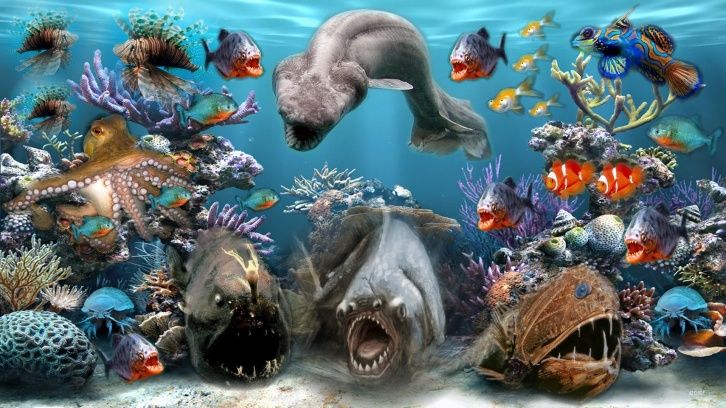
FAQ About Ocean Life

What is a coral reef?
A coral reef is a diverse underwater ecosystem formed by the accumulation and growth of coral organisms. Corals are marine animals that belong to the class Anthozoa and secrete a hard external skeleton made of calcium carbonate. They form colonies and have a mutualistic relationship with photosynthetic algae called zooxanthellae, which live within their tissues and provide them with nutrients.
Coral reefs are typically found in warm and shallow tropical waters with clear and nutrient-rich conditions. They can be massive structures that extend for hundreds of kilometers or smaller, patchy formations. Coral reefs are known for their vibrant and colorful appearance due to the symbiotic algae living within them.
These ecosystems provide habitat and shelter for a tremendous variety of marine organisms. They are often referred to as "rainforests of the sea" due to their high biodiversity and important ecological functions. Coral reefs support countless species of fish, invertebrates, plants, and other organisms, contributing to the overall health and productivity of the ocean.
Coral reefs also play a vital role in shoreline protection, as they help dissipate wave energy and reduce erosion. They have significant economic value, supporting industries such as tourism, fishing, and pharmaceutical research. Unfortunately, coral reefs are under threat from various factors, including climate change, pollution, overfishing, and destructive human activities, leading to coral bleaching and degradation of these sensitive ecosystems. Efforts to conserve and protect coral reefs are crucial for their long-term survival and the preservation of marine biodiversity.
